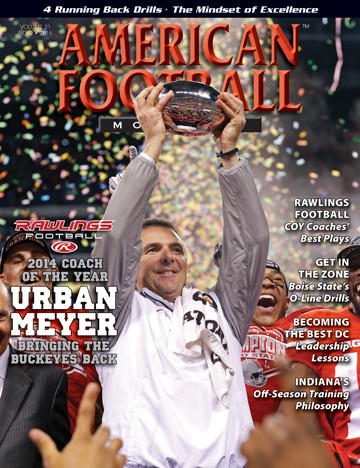Article CategoriesAFM Magazine
|
AEMA Report: Shoulder Pads – To Recondition or Not to Recondition?by: Sam TrusnerAEMA Board Member © More from this issue Many professionals involved in the administration of athletic programs that involve the use of various types of protective equipment are faced with the dilemma of keeping the equipment in reliable and sanitary condition from season to season. As with most of the other tasks they are assigned, this endeavor is frequently controlled by the constant constraints on today’s sports budgets and the perceived value of these expenses. Few will argue the significance and necessity of establishing an annual schedule to monitor the repair and recertification of protective head gear, mostly because of liability issues and suggested manufacturer’s guidelines. But there remains vastly differing views on the necessity to duplicate these services with shoulder protection pads. Because there is not a governing body that mandates t....The full article can only be seen by subscribers.
|
|
|||||||
| HOME |
MAGAZINE |
SUBSCRIBE | ONLINE COLUMNISTS | COACHING VIDEOS |
Copyright 2025, AmericanFootballMonthly.com
All Rights Reserved





